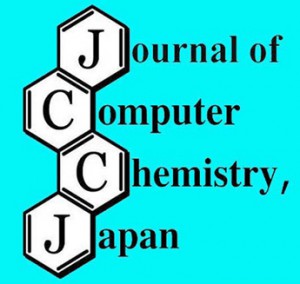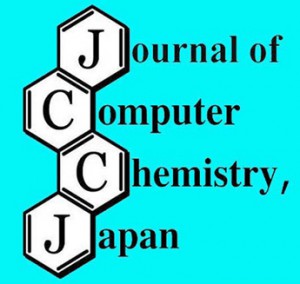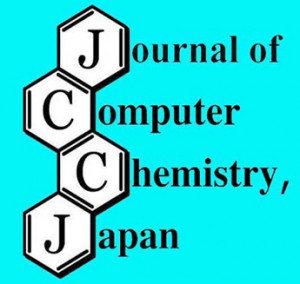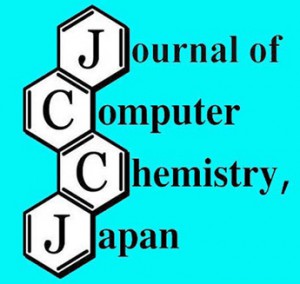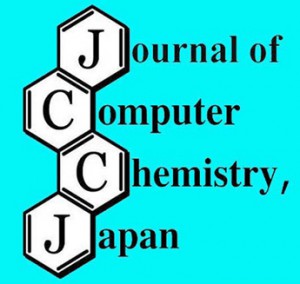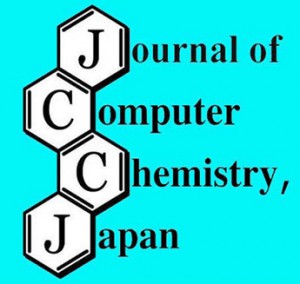[Published online Journal of Computer Chemistry, Japan Vol.14, 199-200, by J-STAGE]
<Title:> SbおよびTe化合物のリガンド交換・リガンドカップリング反応メカニズム
<Author(s):> 小林 正人, 黒田 悠介, 秋葉 欣哉, 武次 徹也
<Corresponding author E-Mill:> k-masato(at)mail.sci.hokudai.ac.
<Abstract:> Theoretical and computational studies on the mechanisms of ligand exchange reaction (LER) and ligand coupling reaction (LCR) of hypervalent pentacoordinate Sb and tetracoordinate Te compounds were carried out. Contrary to the previous suggestion from experimentalists, the lone pair electrons of Te do not participate in LER. Also, LER of R5Sb proceeds via a similar mechanism to that of R4Te. As for the LCR of R5Sb, the apical-equatorial coupling mechanism was suggested.
<Keywords:> Hypervalent compounds, Three-center four-electron bond, Natural bond orbital, Dispersion corrected DFT
<URL:> https://www.jstage.jst.go.jp/article/jccj/14/6/14_2015-0058/_article/-char/ja/
<Title:> SbおよびTe化合物のリガンド交換・リガンドカップリング反応メカニズム
<Author(s):> 小林 正人, 黒田 悠介, 秋葉 欣哉, 武次 徹也
<Corresponding author E-Mill:> k-masato(at)mail.sci.hokudai.ac.
<Abstract:> Theoretical and computational studies on the mechanisms of ligand exchange reaction (LER) and ligand coupling reaction (LCR) of hypervalent pentacoordinate Sb and tetracoordinate Te compounds were carried out. Contrary to the previous suggestion from experimentalists, the lone pair electrons of Te do not participate in LER. Also, LER of R5Sb proceeds via a similar mechanism to that of R4Te. As for the LCR of R5Sb, the apical-equatorial coupling mechanism was suggested.
<Keywords:> Hypervalent compounds, Three-center four-electron bond, Natural bond orbital, Dispersion corrected DFT
<URL:> https://www.jstage.jst.go.jp/article/jccj/14/6/14_2015-0058/_article/-char/ja/

